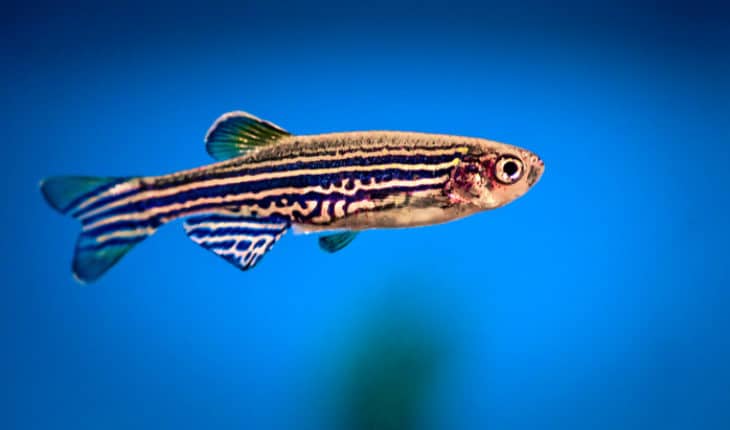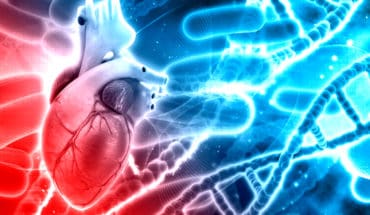Heartbeat secrets unlocked as cardiac rhythm gene role identified: Researchers have used the zebrafish (Danio rerio) to identify the role of a gene involved in cardiac rhythm, which could help explain the fundamentals of what it takes to make a human heartbeat.
The University of Melbourne study also found that mutation of the gene, Tmem161b, causes potentially fatal cardiac arrhythmia. About 2.5 per cent of Australians are living with cardiac arrhythmia. In 2019, it took 3090 years of potential life. Mutations in this gene may be contributing to the cause of this.
Published in Proceedings of the National Academy of Sciences of the United States of America (PNAS), the research could lead to better understanding and treatment of the condition in humans.
University of Melbourne Associate Professor Kelly Smith said the research discovered what Tmem161b does, when previously we had no idea of its function.
“Zebrafish eggs were used as they have complex beating hearts, similar to humans,” Associate Professor Smith said. “Eighty per cent of zebrafish genes are like ours and both use the same basic ‘equipment’.”
The researchers used naturally produced eggs to observe organ development under a microscope. The eggs are translucent, which allowed observation without interference.
Associate Professor Smith said this important discovery would improve our knowledge of the heartbeat.
“What’s important is, it describes a new gene in cardiac rhythm, which helps us to understand the fundamentals of what it takes to make a heartbeat,” Associate Professor Smith said. “Until now, no-one has known what it does, which makes this research so exciting.
“We screened thousands of zebrafish families and found one with inherited arrhythmia. Working backwards from there, we found which gene was mutated to cause the arrhythmia. It turned out to be a gene that was completely uncharacterised.”
Associate Professor Smith said she suspected the finding would be relevant in humans.
“Given the prevalence of cardiac arrhythmia in Australia, the more we know about how the heart works, the better,” she said.
“The gene described in the research appears to play a central function, so we expect it to be important in more than just controlling heart rhythm. But that will take time to explore.
“If this turns out to be significant in humans, it will provide a new candidate for genetic screening of patients with cardiac arrhythmias.”
The project also involved the University of Queensland, the Hubrecht Institute at Utrecht University, Amsterdam Medical Centre and the Florey Institute of Neuroscience and Mental Health.
- New lipid-based pathway discovered as key to memory formation - 25th June 2025
- Crucial link could explain how Alzheimer’s takes hold - 25th June 2025
- Understanding Your Mind Can Improve Daily Life - 25th June 2025







